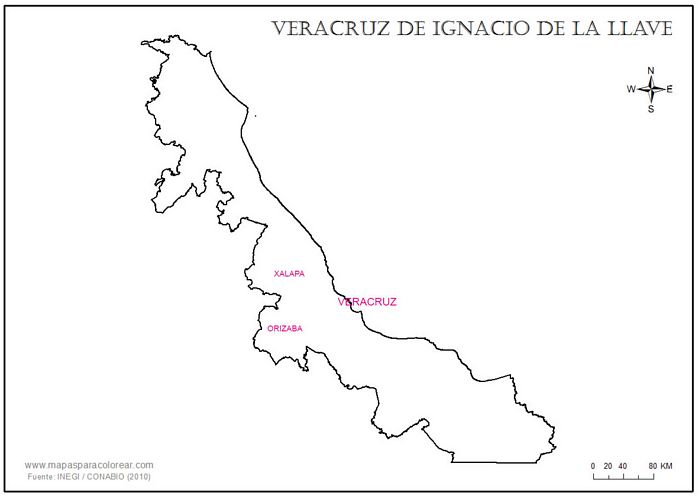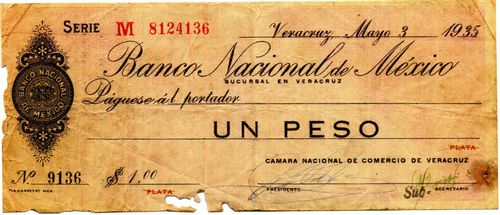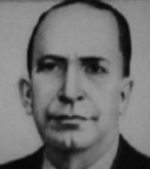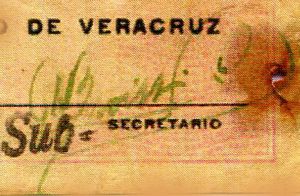The crisis of 1935

The 1935 crisis began when the United States passed its American Silver Purchase Act on 19 June 1934: this caused the price of silver to increase and as a result, in Mexico, silver coins began to be hoarded to be remelted at a profit. On 25 April 1935 the Mexican government reacted with a series of reforms, changing the fineness of its coinage, and withdrawing silver coins from circulation. It had ordered 50c coins (tostones) and $1 Banco de México notes from the United States but until these arrived the sudden shortage of small change led to various institutions, particularly local Chambers of Commerce, issuing bearer cheques (cheques al portador).
Veracruz
Because of the problems that had arisen, on 2 May the Cámara Nacional de Comercio and the Cámara Española de Comercio met with Rafael Belchez, the manager of the Veracruz branch of the Banco Nacional de México, and decided to seek authorisation from the Secretaria de Hacienda to issue 50c and $1 cheques. Members could obtain cheques by depositing a similar amount with the bankEl Dictamen, Veracruz, 3 May 1935. The necessary authorisation was given and the cheques began to circulate on 4 May.
Cámara Nacional de Comercio
 M4484 $1 Banco Nacional de México
M4484 $1 Banco Nacional de México
| Series | from | to | Total number |
Total value |
||
| $1 | M | includes number 9136 |
This Cámara originally intended to issue $5,000 in cheques drawn on the Banco Nacional de México. In a notice they explained that they would be used until the new $1 notes arrived and could be redeemed in multiples of five pesosEl Dictamen, 4 May 1935. Three thousand $1 cheques de caja were entrusted to the Cámara by the bank at 6.00 p.m. on 4 May, and the Cámara distributed $2,000 to members until 11.00 that night. The cheques were of the common format used by the bank, with a printed valueso they will have resembled those issued in Chihuahua, which probably explains their omission from catalogues, and a note on their reverse about redemption. They were signed by Juan Palavicini, as presidente, and Francisco Broissin, as subsecretario of the CámaraEl Dictamen, 5 May 1935. In the beginning the bank agreed a commission of 5% for its costs, but this was reduced to 2% and then to zero, with the bank reimbursing those who had been charged a commissionEl Dictamen, 7 May 1935.
 Juan A. Palavicini, with Francisco Broissin, owed radio station XEHV which began broadcasting on 2 April 1940. Juan A. Palavicini, with Francisco Broissin, owed radio station XEHV which began broadcasting on 2 April 1940. |
 |
| Francisco Broissin Abdalá, with Juan Palavicini. owned radio station XEHV. In 1933 he founded the cultural society, Ateneo Veracruzano, and he also wrote articles for El Dictamen and books, including Leyendas de Veracruz. |  |
Cámara Española de Comercio
This Cámara also originally intended to issue $5,000 in chequesEl Dictamen, 4 May 1935.
There is also mention of cheques issued by individualsEl Dictamen, 5 May 1935.
The first consignment of the new $1 Banco de México notes was received in Veracruz on 17 MayEl Dictamen, 17 May 1935.
Xalapa
Cámara Nacional de Comercio
In Xalapa on 3 May the local Cámara Nacional de Comercio, in a meeting called by the President, Manuel Diosdado, agreed to issue 50c and $1 cheques drawn on the Banco Nacional de MéxicoEl Dictamen, 5 May 1935.
Orizaba
Cámara Nacional de Comercio
In Orizaba the local Cámara de Comercio asked the Secretaría de Hacienda for authorisation to issue $200,000 (presumably an error in the newspaper report) in cheques drawn on the local branch of the Banco Nacional de MéxicoLos Sucesos, Orizaba, Tomo XV, No. 1571, 3 May 1935 and on 3 May issued $2,000 in cheques, which were used by factories to pay their wagesEl Dictamen, 4 May 1935.
However, the first consignment of the new $1 notes reached Orizaba on 15 May and it was reported that the cheques were already being withdrawn with only a few still in circulationLos Sucesos, Orizaba, Tomo XV, No. 1582, 16 May 1935 so this was a small, short-lived issue and none are known to have survived.
